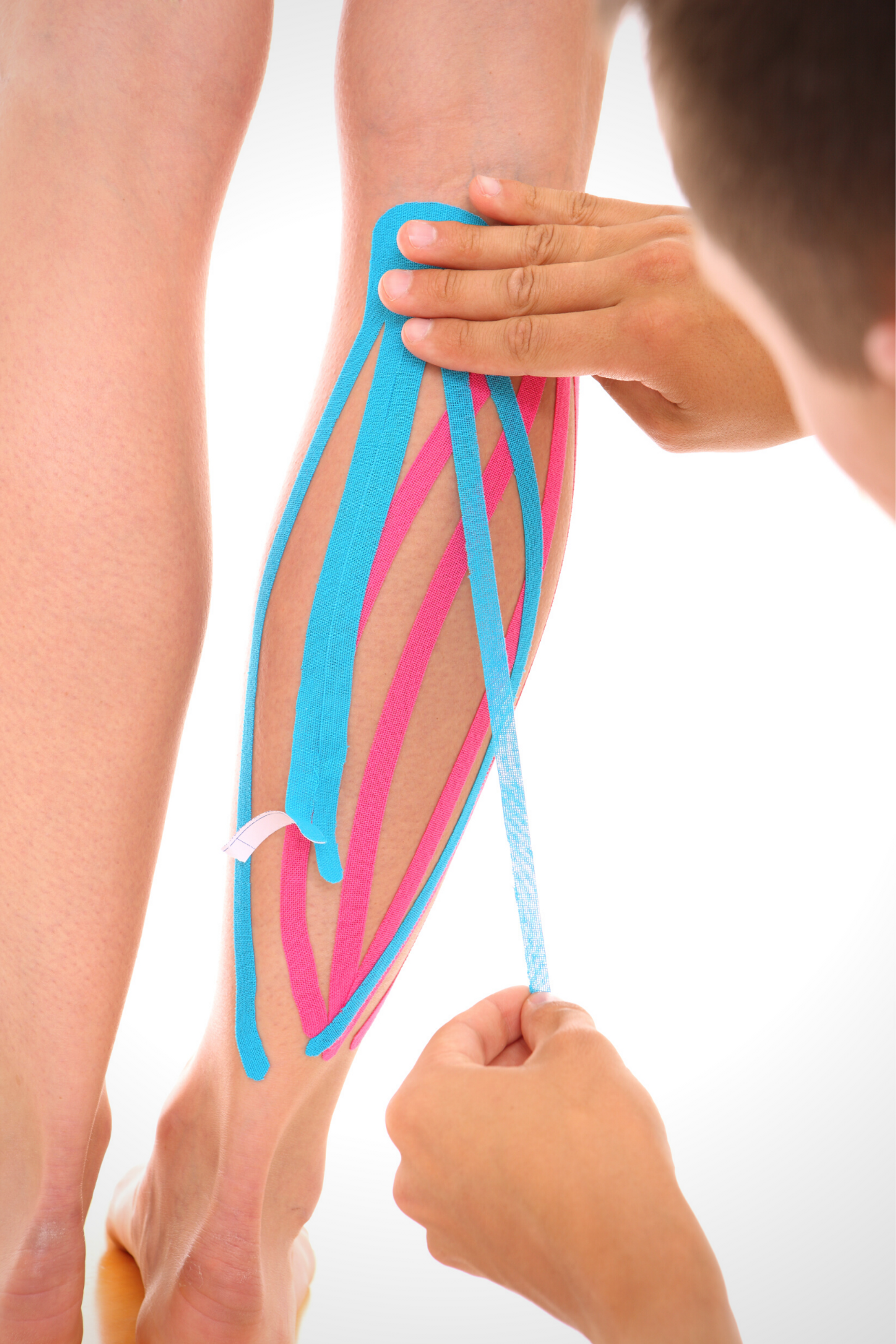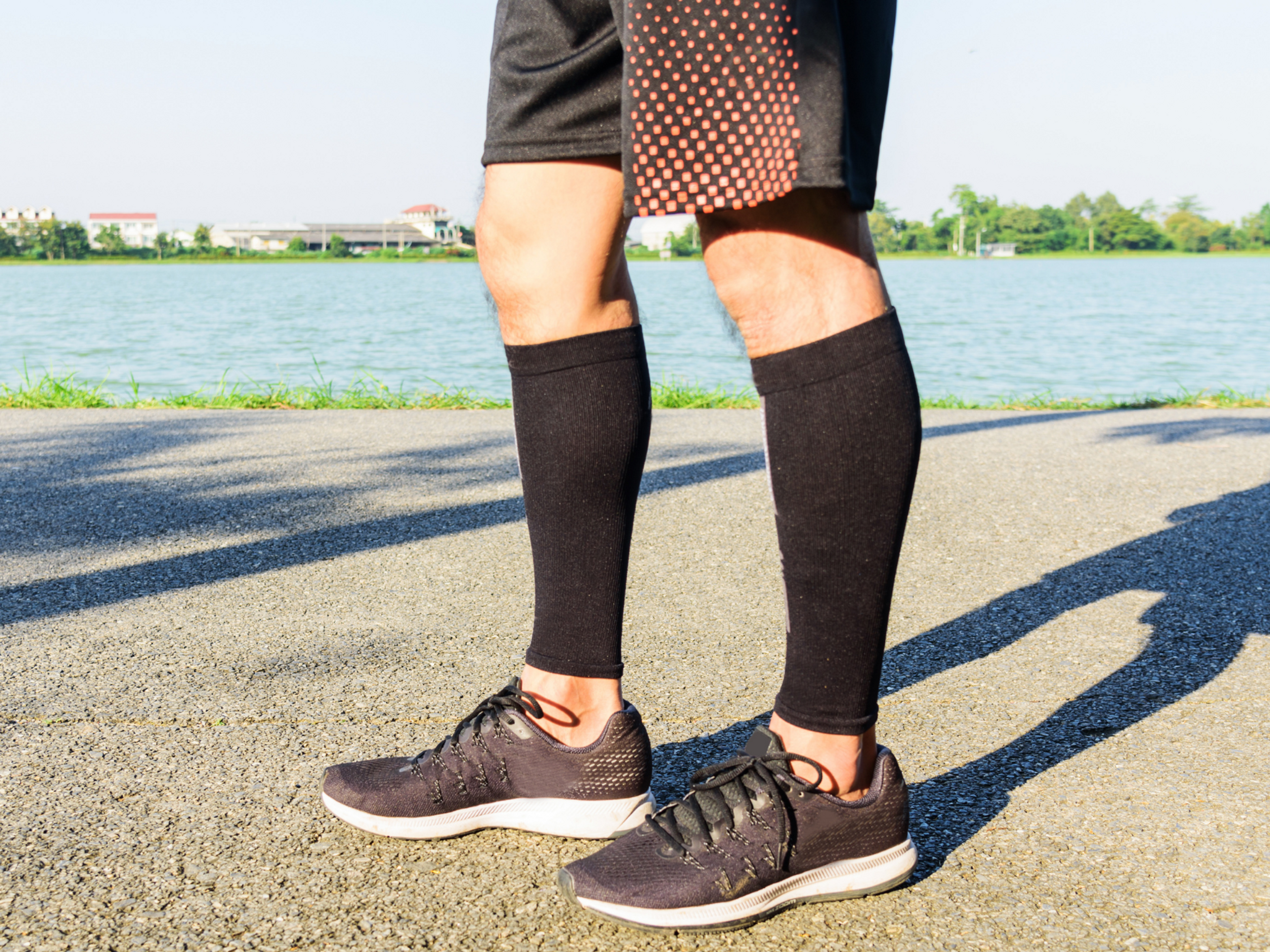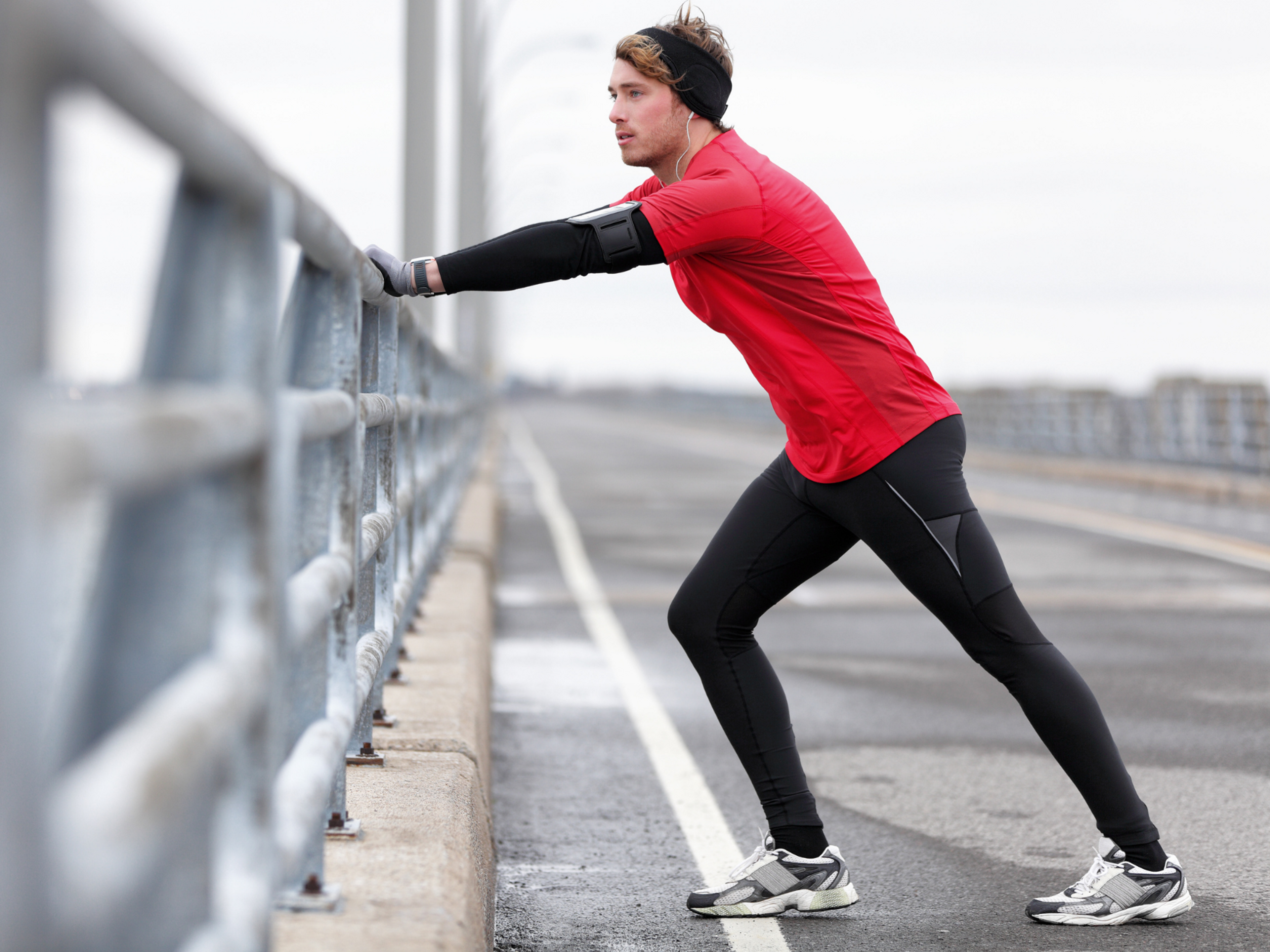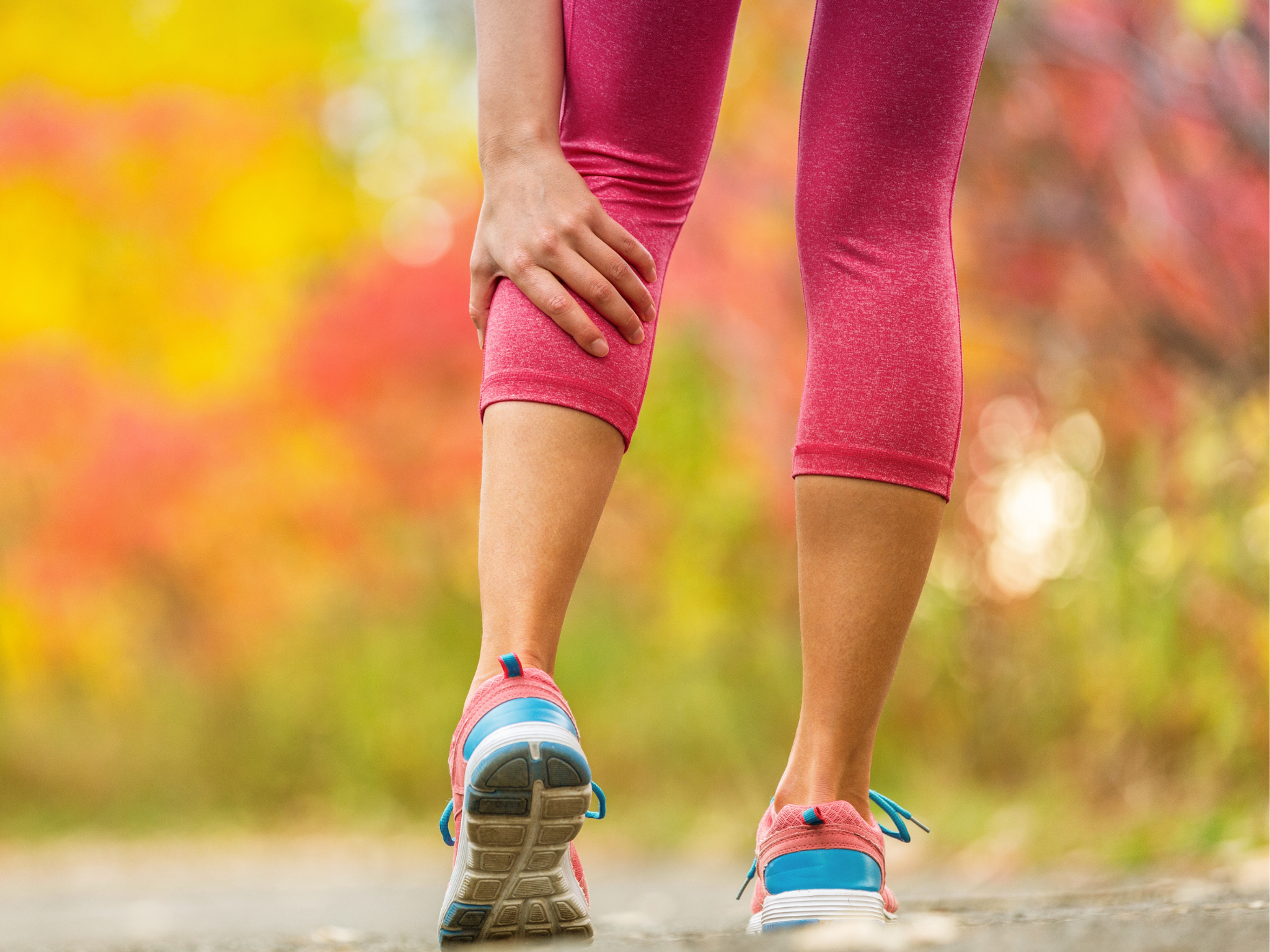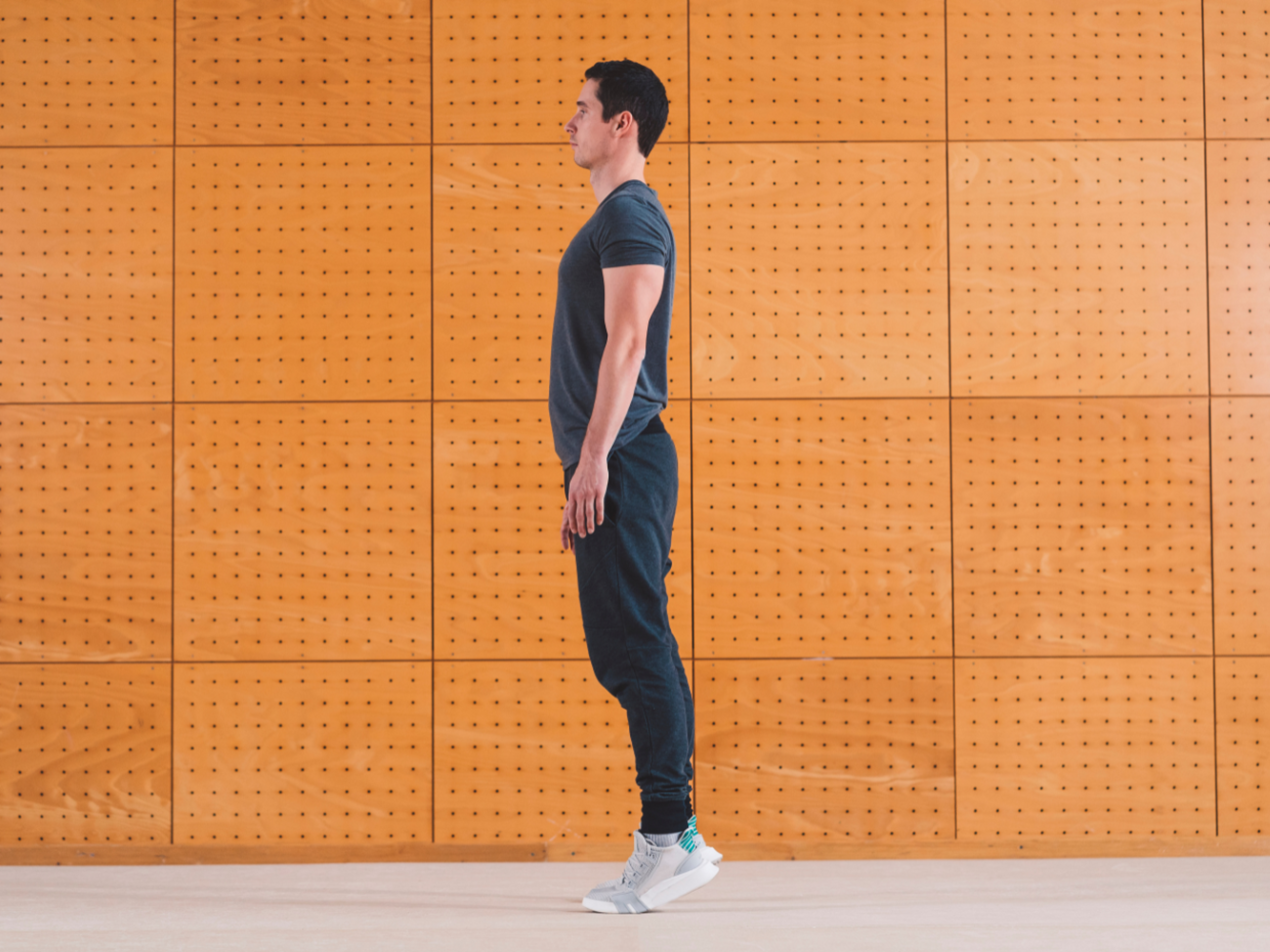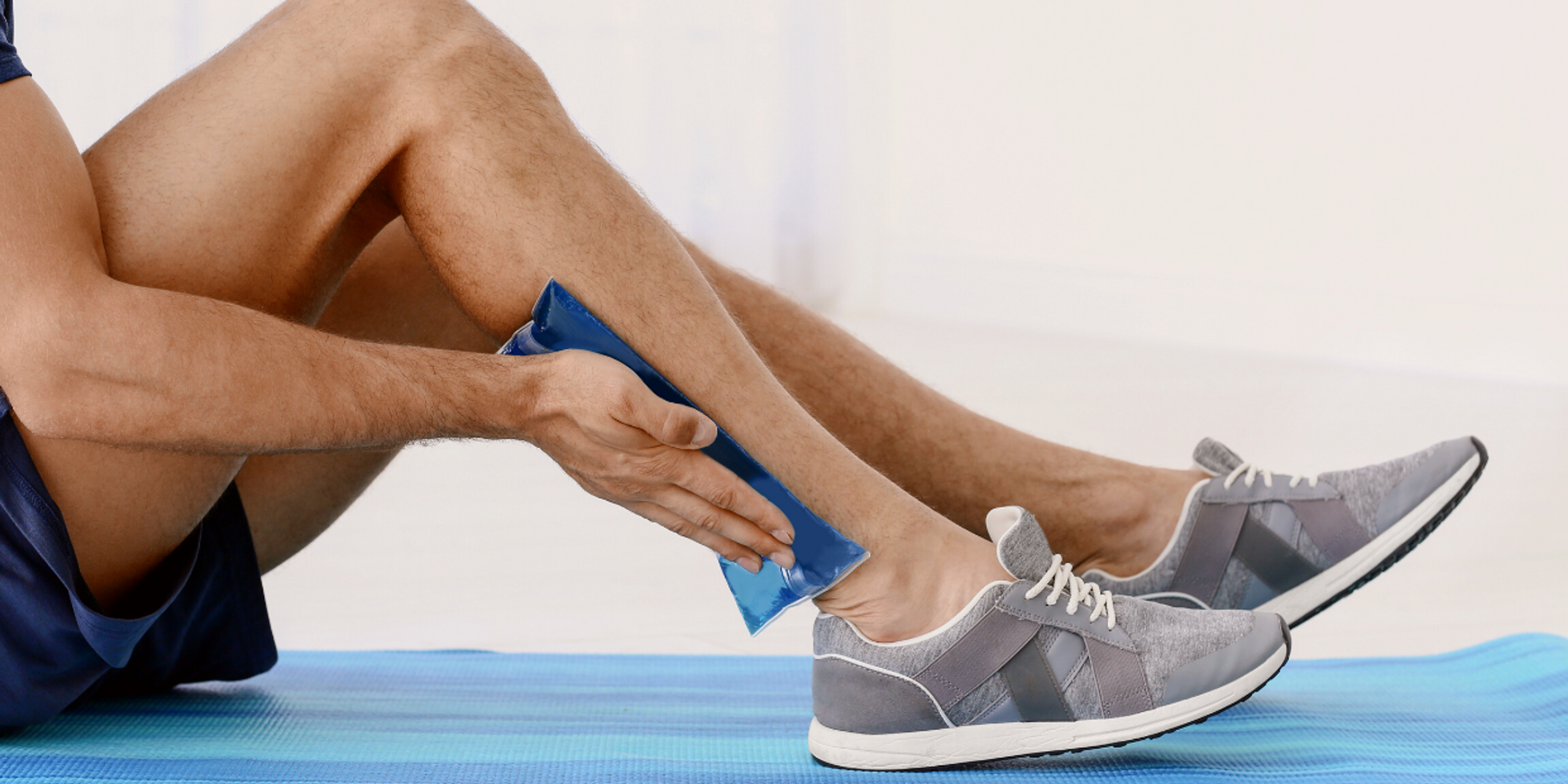Does kinesio tape really help for calf strain?
What is kinesio tape?
Kinesio tape is a cotton-based elastic tape with an undulated adhesive backing applied to the skin for therapeutic purposes. The makers claim that the glue's wavy pattern gives kinesio tape its special powers. More on this later.
It comes in different sizes, widths, and materials. Many brands manufacture it now, and it is available in varying lengths — for example, pre-cut strips or full uncut rolls.
How does K tape work?
Manufacturers claim that when applied correctly, kinesio tape works by lifting the skin slightly to increase the space between the skin and fascia (the layer of connective tissue covering the muscles).
The lifting of the skin is said to:
- Improve circulation and lymph drainage - this may speed up healing and decrease pain
- Enhancing your awareness of your injured body part - may help you better control and protect your calf as you move
- Support your injured muscles and joints - may help your calf strain settle and protect it from further injury
Are these effects of kinesio tape supported by science?
Unfortunately, the evidence about the efficacy of using kinesio tape as a treatment for calf strain is either inconsistent or inconclusive but primarily lacking.
Some research shows that kinesio tape helps with certain musculoskeletal conditions. But, at the same time, other studies report that it doesn't, and you are better off trying something else.
Why is kinesio tape used so frequently if the benefits are not proven?
Many people (professionals and laypeople alike) still use kinesio tape, regardless of its research.
As evident in a 2021 study survey, over one thousand healthcare and sports injury rehab professionals reported what they believe kinesio tape does and why they use it.
The most common beliefs about how it works were:
- It stimulates the skin mechanoreceptors (77%)
- It improves the local circulation (69%)
- It decreases pain signals (60%)
- Placebo effect (60%)
Almost 60% of clinicians used kinesio tape to achieve the placebo effect for their clients. In other words – they used it because it made the patient feel better when they had it on.
These results show that clinicians and sports professionals see kinesio tape as beneficial for their clients. And they're using it even without sound evidence to support it. Further, some use it even though they believe it does not directly impact the injured tissues.
The question is, should they be using a modality that research doesn't entirely support?
What do we do when science lags but something appears to work?
At Exakt, we believe treatments should be evidence-based as far as possible.
However, in some cases, research lags. Therefore, we must find reliable ways to validate techniques while the research studies catch up.
One way to do this is by looking at anecdotal evidence (what other clinicians have experienced) and using our own clinical experience, sound clinical knowledge, and reasoning.
When it comes to using kinesio tape for injuries like calf strain, our advice is to use it in conjunction with other well-evidenced treatments (like a structured rehab program). Not on its own.
The placebo effect is useful because it can reduce pain and give you confidence, which can help you progress with your rehab. What's not useful is to rely only on the effect of the tape and not do the treatments that the research supports.
How to apply kinesio tape on a strained calf
This video demonstrates a kinesiotaping technique for acute calf strains.
Please note – They instruct you in the video to pull your toes up towards your shin, to gently stretch the skin, when you apply the tape. Only pull it up until you feel a slight sensation of stretch in your calf. If you do it too aggressively, you may make your injury worse.
Important notes about using kinesio tape
Getting back to running after a calf strain
If you aim to fully recover from a calf strain, your calf muscle must heal and strengthen. Taping alone cannot help you achieve this.
A reliable and proven way to help you heal and recover is by following a well-structured and progressive calf strengthening and rehabilitation program that aligns with your phase of healing.
It's crucial to understand that tape will not protect you from re-injury if you start running again before you've built adequate strength in your calf muscles.
At Exakt, we are all about getting people back on their feet after an injury as quickly as possible using the most up-to-date research-backed treatment and advice. We don't want you to face setbacks in your recovery because we know how this can affect your life.
